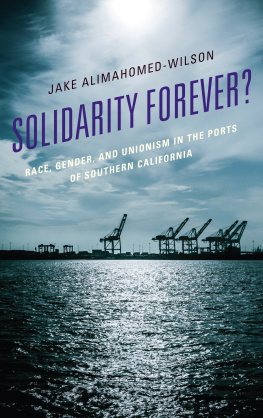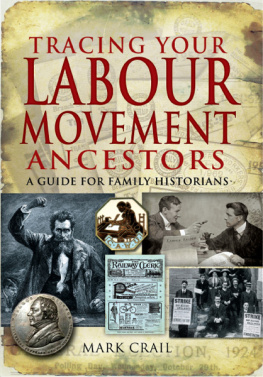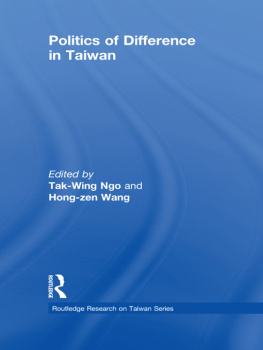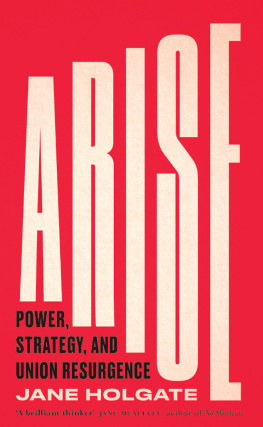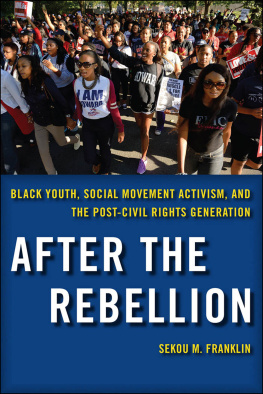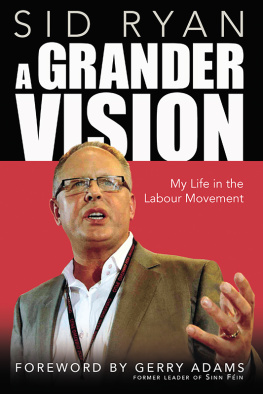First published 2002 by Ashgate Publishing
Reissued 2018 by Routledge
2 Park Square, Milton Park, Abingdon, Oxon OX14 4RN
711 Third Avenue, New York, NY 10017, USA
Routledge is an imprint of the Taylor & Francis Group, an informa business
Copyright Jill C. Humphrey 2002
All rights reserved. No part of this book may be reprinted or reproduced or utilised in any form or by any electronic, mechanical, or other means, now known or hereafter invented, including photocopying and recording, or in any information storage or retrieval system, without permission in writing from the publishers.
Notice:
Product or corporate names may be trademarks or registered trademarks, and are used only for identification and explanation without intent to infringe.
Publishers Note
The publisher has gone to great lengths to ensure the quality of this reprint but points out that some imperfections in the original copies may be apparent.
Disclaimer
The publisher has made every effort to trace copyright holders and welcomes correspondence from those they have been unable to contact.
A Library of Congress record exists under LC control number: 2001099224
ISBN 13: 978-1-138-73197-4 (hbk)
ISBN 13: 978-1-315-18874-4 (ebk)
This is a book which takes the story of self-organization in the British trade union movement to illustrate some of the possibilities and perils of rainbow politics at the turn of the twenty-first century. Rainbow politics as a generic term denotes the creation of coalitions between groups of political actors who share a broadly similar critique of the status quo whilst harbouring rather different identities, grievances and priorities for action within it. I propose to use it interchangeably with coalition politics. However, it is necessary to form a social group and to sustain a political movement before coalitions can even be contemplated, and this is the stage of self-organization. Indeed, I shall demonstrate that the process of selforganizing is a paradoxical one, whereby the possibilities of uniting under the rainbow are simultaneously opened up and closed off.
The reader will find that self-organization is not only ubiquitous but also polyvalent, so that a slippage between meanings is unavoidable. As a generic term, self-organization refers to the processes by which a group of political actors organize themselves in pursuit of a common cause. Arguably all social groups are engaged in self-organizing and coalition-forming to a greater or lesser extent. However, when dominant groups organize themselves, they also re-organize the world around them hence capitalism and colonialism emerged from the self-organization and interpenetration of new political, economic and military elites in Britain and elsewhere from the seventeenth century onwards but in these cases the process and outcome tends to be naturalized and therefore invisibilized. This book concerns the self-organization of subordinated subjects who continue to challenge the supposedly natural order of things. Indeed, the trade union and civil rights movements are prime examples of selforganization by subordinated subjects in the modern era, and this study focuses upon the crossroads where they converge, collide and cross-fertilize.
Self-organization is also a specific term which has entered into the trade union vocabulary. As a specific term, it was originally appropriated by workers who found themselves marginalized within their trade unions on account of their gender, race, disability or sexuality. They created separate forums as a springboard from which to challenge the trade union movement and they called these forums self-organized groups (SOGs). In effect, this is tantamount to the development of miniature self-organizing movements within a broader self-organizing movement. This opens up a Pandoras Box of possibilities, since it is not just coalitions which jump out to greet us, but also conflict, co-optation and colonization, and the exploration of all of these phenomena will be germane to this study. However, there is a further meaning to this term self-organization in an era of recession trade union leaders have been urging their members to embrace what is often called an organizing unionism but which could equally be dubbed a self-organizing unionism. Such trade union leaders are not asking their members to organize themselves into gendered or racialized groupings for the sake of promoting civil rights; rather, they are asking their members to take over the local ownership and control of their union in the sense of spearheading recruitment campaigns, employer negotiations and the like. In fact many of these trade union leaders remain antagonistic towards or at least ambivalent about status-based SOGs, and for this reason they would be reluctant to deploy the term self-organization in relation to their own endeavours in the mainstream of the movement. Whilst my focus is upon status-based SOGs, I shall highlight the irony whereby self-organized subjects may become the ideal exemplars of trade union activism.
The research on which this book is based stems from a three-year empirical study of self-organized groups, but it is informed by my own status as a self-organized activist and advocate over a ten-year period. In Britain self-organization emerged within the National and Local Government Workers Association in the early 1980s, and four SOGs for women, black members, disabled members and lesbian and gay members were enshrined within the constitution of the amalgamated public sector union UNISON in the early 1990s. My empirical study was conducted between 1995 and 1998 and relied primarily upon qualitative methods i.e. documentary analysis of union literature, participant observation in the disabled members group and lesbian and gay group, and interviews with forty self-organized activists and advocates from all the SOGs. Interviewees were almost exclusively ex-NALGO people who had pioneered self-organization and who could impart the histories of their struggles, successes and setbacks as well as the practical problems and political philosophies which inspired them. Their profiles can be summarized as follows. A minority of interviewees were union employees who serviced the SOGs in an advocacy role whilst the majority were lay members of the union; about two-thirds of participants were active in both mainstream and self-organized wings of the union and about one-third of participants were active in two or more self-organized groups. The interviews took place in two stages in the first stage, people from all four SOGs were interviewed in order to reconstruct the story of selforganization from NALGO into UNISON; in the second stage, members of the lesbian and gay group were interviewed in order to pursue a more detailed case-study.
The choice of the lesbian and gay group reflected my involvement with this group for nearly a decade. As a lesbian social worker specializing in statutory work with children and families, the NALGO and UNISON groups were indispensable in providing support to those of us whose sexuality might one day be disclosed amidst political controversies which could jeopardize our professional and personal lives. I had been active at branch, regional and national levels of the lesbian and gay group since 1989, and had also been a steward in the mainstream union. During the research project I continued to belong to branch SOGs, to discharge the duties of Secretary to a Regional Self-Organized Committee, and to attend National Lesbian and Gay Conferences as a delegate. As a direct result of the research project, I was also involved in an Equal Opportunities Forum where all four SOGs sought to unite under the rainbow, invited as a facilitator on UNISON training courses and allowed to attend one of the National Disabled Members Conferences. Whilst this book provides an insider account of self-organization, it should not be inferred that it is a non-critical account indeed, one of the effects of becoming an academic activist is that one starts to see the world differently and more critically, and the insider can be more acutely aware of certain dangers and dilemmas. This book has therefore been written with a profound appreciation of both the merits and the pitfalls of self-organization to date.



